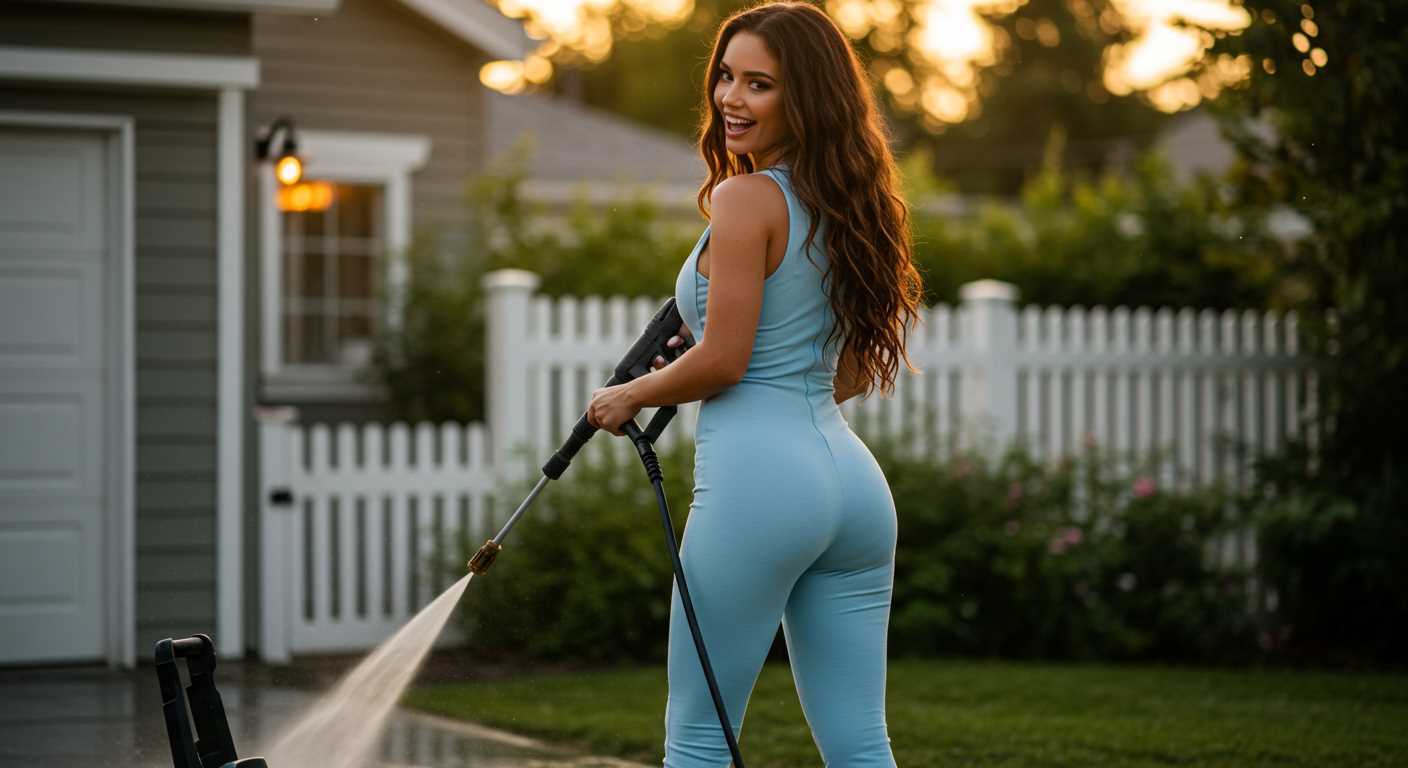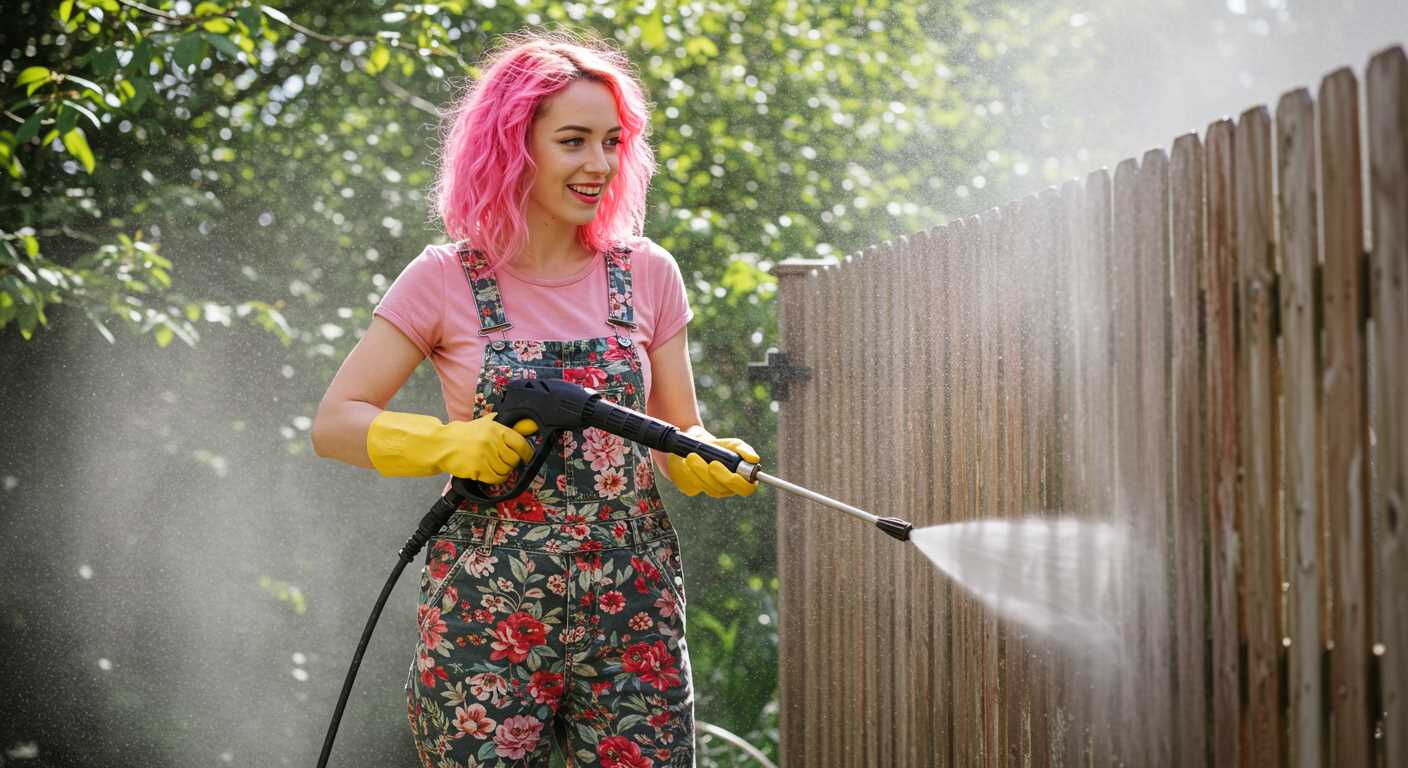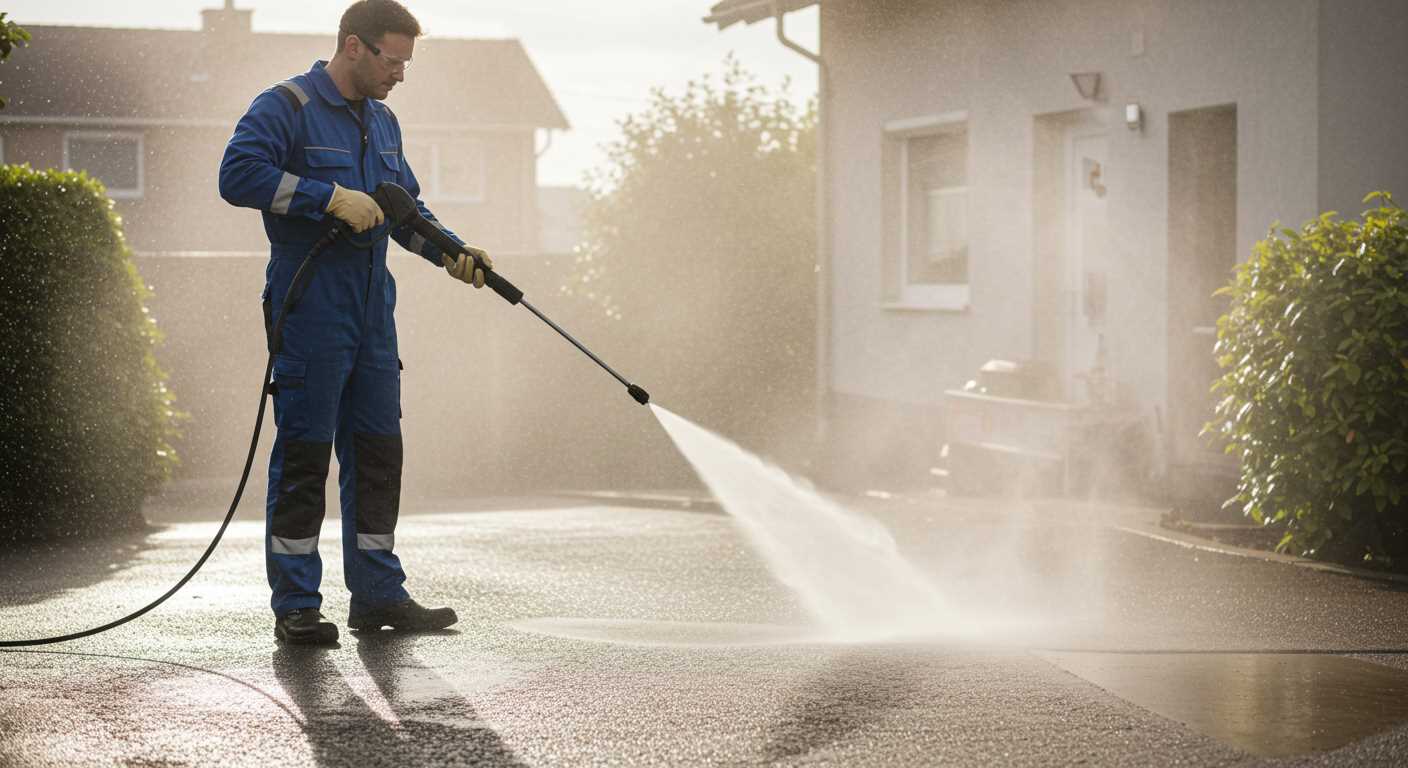




Using a high-pressure cleaning device can indeed pose risks to the finish of your vehicle if not done correctly. From my extensive experience in the cleaning equipment industry, I’ve seen both the benefits and potential pitfalls of employing this method for automotive care. It’s crucial to approach this task with the right knowledge and precautions.
First and foremost, maintaining a safe distance is key. Keeping the nozzle at least 2 feet away from the surface prevents excessive force from impacting the clear coat. I’ve observed that many users tend to get too close, resulting in small chips or scratches. Always start at a distance and gradually move closer if necessary, taking care to avoid direct contact with sensitive areas like decals or edges.
Additionally, the choice of nozzle can make a significant difference. A wide-angle nozzle reduces the intensity of the water stream, making it safer for your vehicle. I recall a time when a colleague used a narrow nozzle on a luxury model, and the result was a damaged surface that required professional repair. Opt for a fan spray rather than a concentrated jet to ensure you’re cleaning effectively without risking harm.
Lastly, it’s essential to consider the cleaning agents used. Certain chemicals can strip away protective layers or cause discolouration. I’ve personally found that opting for pH-balanced solutions specifically designed for vehicles yields the best results without compromising the integrity of the finish.
Impact of High-Pressure Cleaning on Automotive Finishes
Maintaining the exterior of your vehicle is crucial, but using a high-velocity cleaning tool can be tricky. I’ve seen firsthand how improper usage can lead to unwanted results. Here are key points to consider:
Optimal Settings
- Stick to a low-pressure setting, ideally below 1200 PSI. This reduces the risk of damage.
- Use a wide spray nozzle to disperse the water more evenly, avoiding concentrated streams that can chip or scratch.
- Maintain a distance of at least 2 feet from the surface to prevent direct impact that could harm the finish.
Technique Matters
.jpg)
- Start from the top and work your way down. This helps dirt and grime flow downward, preventing it from being pushed into the finish.
- Avoid spraying directly at seams and edges. Water can force its way into these areas and cause rust over time.
- Always wash loose debris off with a soft brush or cloth before using the tool. This prevents scratches from grit being blasted against the surface.
During my time testing different models, I’ve witnessed vehicles that were meticulously cared for but suffered from improper cleaning techniques. Always remember, the goal is to preserve the integrity of your vehicle’s exterior while achieving a thorough clean. Use caution, and your vehicle will thank you.
Understanding Pressure Washer Settings for Car Cleaning
For optimal results while cleaning your vehicle, adjust the settings to a lower pressure, ideally around 1200 to 1900 PSI. This range is effective for removing dirt without harming the surface. I recall a time when I used a higher setting on a friend’s car, resulting in some minor scratches. A gentle approach is always wiser.
The nozzle you select also plays a significant role. A wide spray angle, such as 25 or 40 degrees, disperses the water over a larger area, reducing the risk of damage. I often choose a fan nozzle for its versatility. It ensures thorough washing while maintaining safety.
Temperature settings can enhance the cleaning process. Warm water aids in breaking down grime and grease. However, ensure it’s not too hot–temperatures above 60°C can be risky for your vehicle’s finish. I remember using lukewarm water during a detailing session, which made a noticeable difference.
Maintaining a distance of at least 2 feet from the surface is crucial. This prevents concentrated force from directly hitting the paint. When I first started, I was too close, and it led to some unfortunate marks. Keeping a safe distance ensures an even clean without the adverse effects.
Regularly check the equipment and hoses for clogs or leaks. I once encountered issues due to a faulty hose, which resulted in uneven pressure. A quick inspection can save time and prevent mishaps.
For those considering a suitable model, I highly recommend looking into a pressure washer for tesla. It’s designed to be gentle yet effective, making it a reliable choice for maintaining your vehicle’s appearance.
Types of Car Paint and Their Resistance to Pressure Washing
When considering the effects of high-velocity cleaning methods on automotive finishes, it’s crucial to understand the various types of coatings and their durability. Each formulation behaves differently under intense water flow.
Clear Coat Finish
Most modern vehicles feature a clear coat layer that provides a glossy, protective barrier. This finish is generally resilient against vigorous cleaning. However, using narrow nozzles or high settings can still cause damage over time, particularly if the surface has pre-existing imperfections. A safe distance of at least 2 feet is advisable to maintain its integrity.
Single-Stage Paint
Single-stage finishes, often found on older models, combine colour and protective elements in one layer. These can be more susceptible to abrasions and fading. Exercising caution with strong jets is recommended. A gentler approach, such as a wider spray angle and lower settings, is ideal to preserve the vibrancy of these coatings.
For any finish, maintaining the correct distance and angle is key. Regular waxing also enhances protection, allowing for a more resilient surface against both dirt and washing techniques. Always assess the specific type of coating before choosing your cleaning method to ensure lasting results.
Common Mistakes When Using a Pressure Washer on Vehicles
One major blunder is selecting the wrong nozzle. A narrow nozzle concentrates the stream, which can damage surfaces. Always opt for a wider spray pattern to diffuse the water over a larger area, reducing the risk of harm.
Incorrect Distance from the Surface
Standing too close can lead to scratches and chips. Maintain a distance of at least 2-3 feet from the vehicle’s exterior. This ensures a gentler wash while still effectively removing grime.
Using Excessive Force
Applying too much intensity can strip protective coatings. Adjust the settings to a lower level when cleaning, especially around sensitive areas like decals or trim. It’s better to take your time and repeat the process than to risk damaging the finish.
- Never direct the stream at windows or plastic components; this can crack them.
- Avoid rinsing from the bottom up, as this can push dirt back into crevices.
- Don’t forget to wash the undercarriage, but be cautious of high-pressure settings.
Many people overlook the importance of a pre-wash. Rinse off loose debris first to prevent scratches during the main wash. I’ve found that starting with a gentle garden hose and then moving to a more powerful clean works wonders.
For those interested in maintaining their outdoor spaces too, check out the best garden pond vacuum to keep the areas around your home pristine.
How to Safely Use a Pressure Washer on Your Vehicle
Begin with the right nozzle. I recommend a wide-angle (25 or 40 degrees) attachment. This reduces the intensity of the stream, minimizing the risk of damage while still providing effective cleaning.
Maintain a safe distance. Position yourself at least two feet away from the surface. I’ve seen too many individuals get too close, which can lead to chips or scratches. Adjust your distance according to the type of grime; stubborn dirt may require a bit closer approach, but always err on the side of caution.
Use moderate settings. A lower setting, around 1200 to 1500 PSI, is usually sufficient for most vehicles. Higher pressures can strip away protective coatings or dull the finish. I learned this the hard way when a friend cranked up the pressure on his classic car, resulting in a costly repaint.
Always rinse thoroughly before applying any detergent. This step removes loose debris that could scratch the surface during cleaning. I often use a gentle soap designed for automotive use, ensuring it’s safe for the finish.
Apply cleaning solutions from the bottom up, allowing the product to work on the upper layers without dragging dirt downwards. This method reduces the chance of streaking and ensures an even clean throughout.
Rinse off the soap promptly. Leaving detergent on the surface can lead to spots or discolouration. I’ve learned to rinse one section at a time to ensure no residue is left behind.
After washing, dry the vehicle with a soft microfiber towel to prevent water spots. I’ve found that air drying can leave marks, especially in sunny conditions. A quick wipe-down not only enhances the appearance but also helps maintain the integrity of the finish.
Lastly, always inspect your equipment before use. Check hoses for leaks and ensure the nozzle is clean. I remember a time when a clogged nozzle caused uneven spraying, leading to an unsatisfactory clean. Regular maintenance of your tools is just as important as the technique used.
Alternatives to High-Pressure Cleaning for Vehicle Maintenance
Consider using a foam cannon with a standard garden hose instead of high-impact cleaning methods. This tool allows for a thick layer of suds to encapsulate dirt and grime, making it easier to rinse away without risking damage. I’ve found that applying the foam and letting it sit for a few minutes really helps break down stubborn contaminants.
Hand Washing Techniques
Hand washing remains one of the safest options. Use a soft sponge or microfiber mitt along with a pH-balanced shampoo. Start from the top and work your way down, rinsing the mitt frequently to avoid swirling dirt back onto the surface. This method prevents scratches and ensures thorough cleaning without harsh pressure.
Waterless Wash Products
Waterless wash solutions can be a fantastic alternative for quick clean-ups. They contain lubricants that encapsulate dirt and allow you to wipe it away without water. I’ve used these products on lightly soiled vehicles and found them to be both convenient and effective. Just spray, wipe with a clean cloth, and buff to a shine.
| Method | Pros | Cons |
|---|---|---|
| Foam Cannon | Gentle on finish, effective dirt removal | Requires additional equipment |
| Hand Washing | Thorough clean, no risk of damage | Time-consuming |
| Waterless Wash | Quick and convenient | Not suitable for heavy grime |
For those preferring a more natural approach, consider using clay bars after washing. They remove embedded contaminants without the need for abrasive techniques. This method has given me exceptional results, leaving surfaces smooth and ready for waxing.





.jpg)


